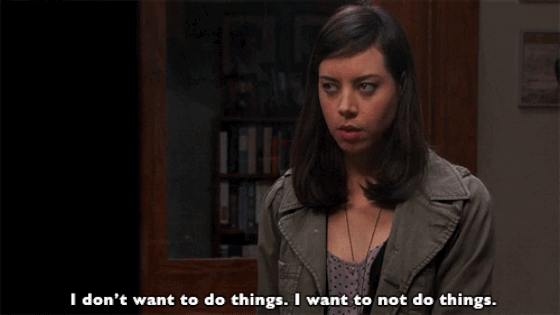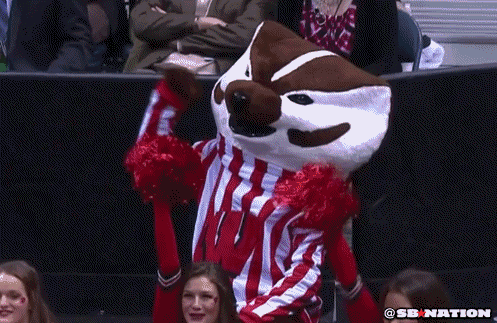While most of the content on Hump Day is inclusive and increasingly sex-positive, one burgeoning identity has long been cast into the shadows: asexuality.
Only recently has this identity been explored in the LGBTQ+ community, sparking debate about if it should be a part of the community in the first place.
It’s important to note while statistically small, a growing portion of the population identifies as asexual, or “ace,” which makes it our responsibility to be educated to create a more inclusive environment for everyone.
Definition
Fundamentally, asexuality is a sexual orientation, the same as bisexuality or heterosexuality. It is defined as a lack of sexual attraction.
Gray-asexuality is identified by a middle ground between asexuality and sexuality — someone who experiences sexual attraction rarely or only under certain circumstances.
Demisexuality is when sexual attraction occurs only after an emotional bond has been created. While there are various subsets of asexuality, every asexual person experiences attraction and arousal on their own scale.
Asexuality, however, does not mean celibacy — refraining from any sexual contact — nor is asexuality caused by a chemical or hormonal imbalance. While mental disorders such as SAD (sexual aversion disorder) and HSDD (hypoactive sexual desire disorder) associate anxiety with sexual contact, an asexual person is not fearful or anxious due to the idea of sexual contact.
Aromantic/Romantic/Panromantic Asexuality
Despite popular belief, asexual people can be romantically attracted to other people. This is called romantic asexuality. People who identify this way seek romantic connections and relationships for various reasons, but primarily for companionship and emotional intimacy.
On the other hand, people who identify as aromantic asexuals are not romantically or sexually attracted to anyone.
Panromantic asexuality refers to someone who is romantically attracted to members of all sexual orientations and gender identities, but not sexually attracted to anyone. Commonly used at the start of “romantic,” prefixes such as hetero-, homo- and bi- are all used to describe the group they are romantically attracted to.
It is mistakenly thought all asexual people exist in absolutes. But as with any sexuality, there is a spectrum. Some “aces” experience arousal or choose to engage in sexual activity. Some never experience any of those things.
Sexuality is fluid and every individual is different. Relationships can be healthy and satisfactory without a sexual component.
Things To Do Now!
Start using “LGBTQ+” to be inclusive of asexual people. Educate yourself and others with the following resources.
As a baseline, avoid assumptions and generalizations of any identities or interests. Statements such as, “everyone wants sex” can prove to be harmful and alienate people.
When in doubt, validate! Again, sexuality is fluid and everyone is different.
Resources
AVEN – www.asexuality.org
What is Asexuality? – www.whatisasexuality.com/intro




















